The Spanish pitaya campaign came to a close in January, and this season, the crop has benefited from the temperatures that have been recorded since March, which have allowed a good production to be obtained from mature plantations on the Peninsula, such as those of Rosa Pitaya.
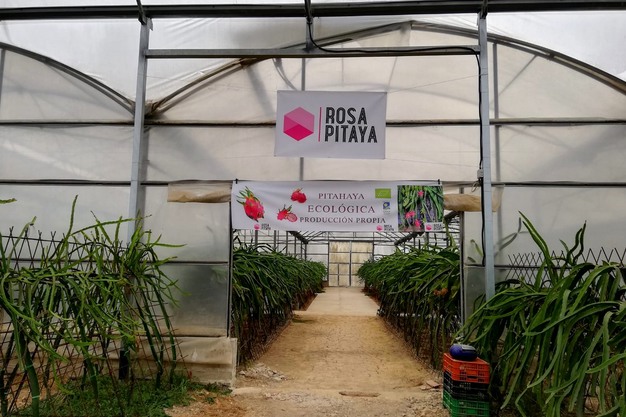
"This is our 7th year in the pitaya business and, thanks to the favorable weather conditions, the campaign has gone quite well. Moreover, prices have also remained at a good level, although it's also true that I sell directly to wholesalers and supermarkets and don't work with cooperatives or markets," says José Manuel Rodríguez Pastor. "In my case, I have been selling my large-caliber pitayas for around 8-10 euros per kilo, while in August and September, when most of the Spanish pitaya production is delivered, the markets have been offering between 1.5 and 2 euros per kilo for medium-caliber pitayas, because they don't want the small ones."
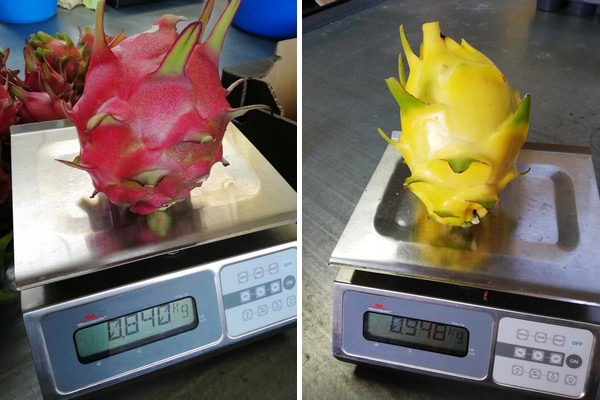
"That doesn't even cover the cultivation costs, as pitaya cultivation is quite costly and requires a lot of dedication. The pollination alone, for example, must be done manually and at night, because the flowers only open at night and until the early hours of the morning. This summer, we pollinated 9,000 flowers in less than a week, at an average of 300 flowers per hour, and that requires a large amount of labor."
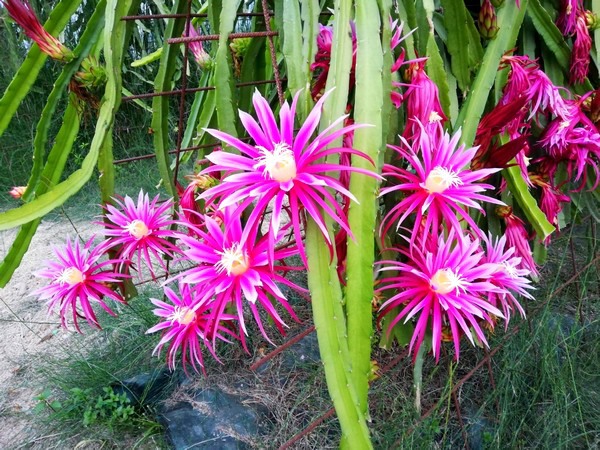
Moreover, since it is a non-climacteric fruit and does not continue developing after it is harvested, the fruit must be cut ripe, when it has reached its maximum sweetness. "This is what allows Spanish pitayas to stand out from those imported from Latin America, which have to be cut before they are fully ripe to allow them to withstand their shipment to Europe, and they do not deliver the sweetness that is expected of the fruit. In fact, this is something my customers tell me, and when I start the campaign, I am short of fruit everywhere, because the wholesalers are looking forward to switching to Spanish fruit."
"Pitaya production in greenhouses doubles and even almost triples"
The pitaya production has been growing in recent years, particularly in the provinces of Valencia, Alicante, and Murcia, where "there is quite a lot of planting going on," says José Manuel. "We cultivate them in two plastic greenhouses, with 1,500 square meters each, and in another 500 square meter mesh greenhouse, and the difference in terms of production is more than evident: in the plastic greenhouses, it is doubling and even almost tripling," says José Manuel.
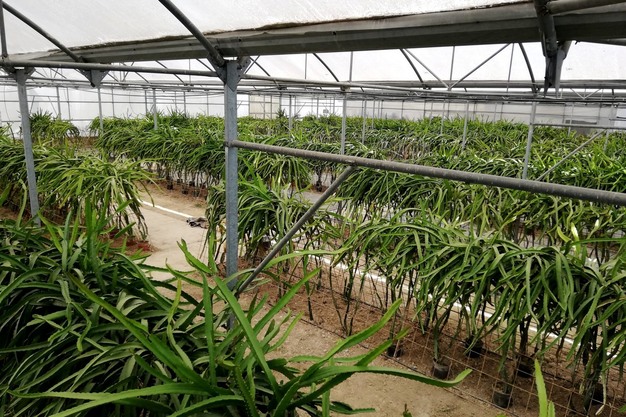
"In the Alicante area, I know producers who are planting pitaya in the open ground, but the production there is lower than in a greenhouse, as it takes longer to start and the plant stops bearing fruit earlier, and moreover, that fruit is going to hit the market in the months when everyone has some supply, so it's not going to be as profitable as one might expect."
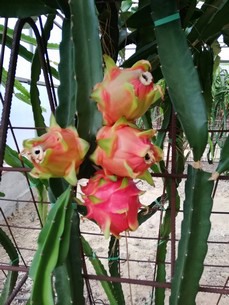 "For now, despite the challenges and the costs it entails, the fruit is doing well, but the question is how profitable it will be in about 5 or 6 years, when all these new plantations become fully productive. The problem is that when something works, everyone jumps on the bandwagon, and the market may collapse, as has already happened with other products, like lemons."
"For now, despite the challenges and the costs it entails, the fruit is doing well, but the question is how profitable it will be in about 5 or 6 years, when all these new plantations become fully productive. The problem is that when something works, everyone jumps on the bandwagon, and the market may collapse, as has already happened with other products, like lemons."
"A few years ago, the price reached a bit over 1 euro per kilo, and that led to an expansion of the plantations. In fact, Ailimpo recently reported that 7 million lemon trees had been planted in 8 years. Let's hope that such extremes won't be reached in the pitaya sector."
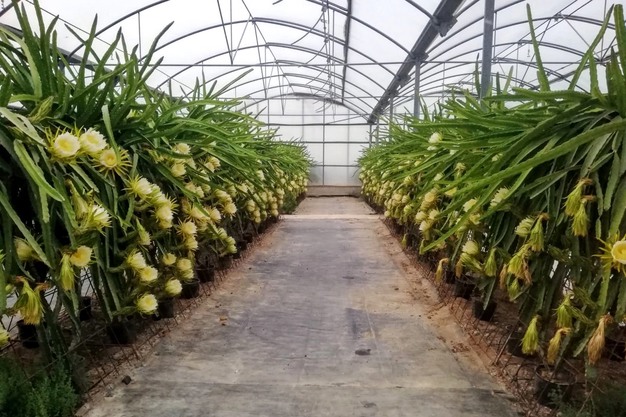
 For more information:
For more information:
Rosa Pitaya
Alicante, Spain
Tel.: +34 655 97 40 91
[email protected]
https://rosapitaya.com
